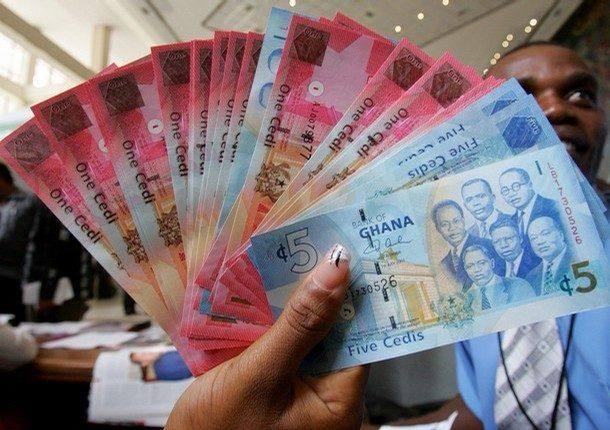The Ghanaian Cedi experienced a slight appreciation against the United States dollar on Monday, April 21, 2025, marking a positive shift in the currency’s performance. According to Cedirates.com, a trusted source for currency information in Ghana, the cedi’s buying rate stood at GHS15.38 per dollar, while the selling rate reached GHS15.81. This marginal strengthening suggests a potential easing of pressure on the cedi, which has faced volatility in recent times. The data indicates a relatively narrow spread between the buying and selling rates, indicating a degree of stability in the market.
Forex bureaus, which play a vital role in currency exchange for individuals and businesses, offered slightly different rates. Those wishing to exchange dollars for cedis could obtain a rate of GHS15.70, while those converting cedis to dollars faced a rate of GHS16.00. This difference between the bureau rates and the official Cedirates.com figures reflects the typical premium charged by these entities for their services and the inherent dynamics of the retail foreign exchange market. The slightly higher rates at forex bureaus likely cater to the immediate demand for foreign currency, offering convenience but at a slightly higher cost.
The interbank market, where financial institutions trade currencies amongst themselves, presented yet another perspective on the cedi’s performance. The buying rate for dollars on this market was GHS15.45, while the selling rate was marginally higher at GHS15.47. This tighter spread compared to the forex bureau rates reflects the large volumes and lower overhead costs associated with interbank transactions. The interbank market serves as a key indicator of the overall currency market trend and influences the rates offered by other exchange platforms.
The cedi’s performance against other major currencies, namely the British pound and the euro, offered a mixed picture. The average exchange rate for converting pounds to cedis was GHS20.28, while converting cedis to pounds stood at GHS20.98. For the euro, the rates were GHS17.38 for exchanging euros for cedis and GHS18.06 for the reverse transaction. These rates, like those for the dollar, reflect the dynamic interplay of supply and demand factors influencing the Ghanaian currency market. The Bank of Ghana’s interbank market offered a selling rate of GHS20.50 for the pound and GHS17.58 for the euro, providing further benchmarks for these currencies.
Money transfer services, which have become increasingly popular for remittances and cross-border transactions, also played a role in shaping the currency exchange landscape. LemFi and Afriex, two prominent players in this space, provided competitive rates for transfers from the US or the UK to Ghana. LemFi offered a rate of GHS15.36 per dollar, while Afriex offered a slightly higher rate of GHS15.40. For pound transfers, LemFi’s rate was GHS20.30, while Afriex offered GHS20.52. Euro transfers through Afriex were priced at GHS17.60, while LemFi offered a slightly lower rate of GHS17.37. These competitive rates underscore the importance of money transfer services in providing accessible and often cost-effective options for international currency transfers.
Finally, for digital subscriptions to services like Netflix, Spotify, and Apple Music using Visa and Mastercard, the exchange rate stood at GHS16.64 for both card networks. This specific rate applied to these types of transactions reflects the mechanisms through which international payment processors handle currency conversion for these services. The standardized rate simplifies the payment process for users and provides a predictable cost for accessing these digital platforms. This information provides a comprehensive overview of the Ghanaian cedi’s performance against major international currencies on April 21, 2025, highlighting the interplay between different exchange platforms and the overall market dynamics.


